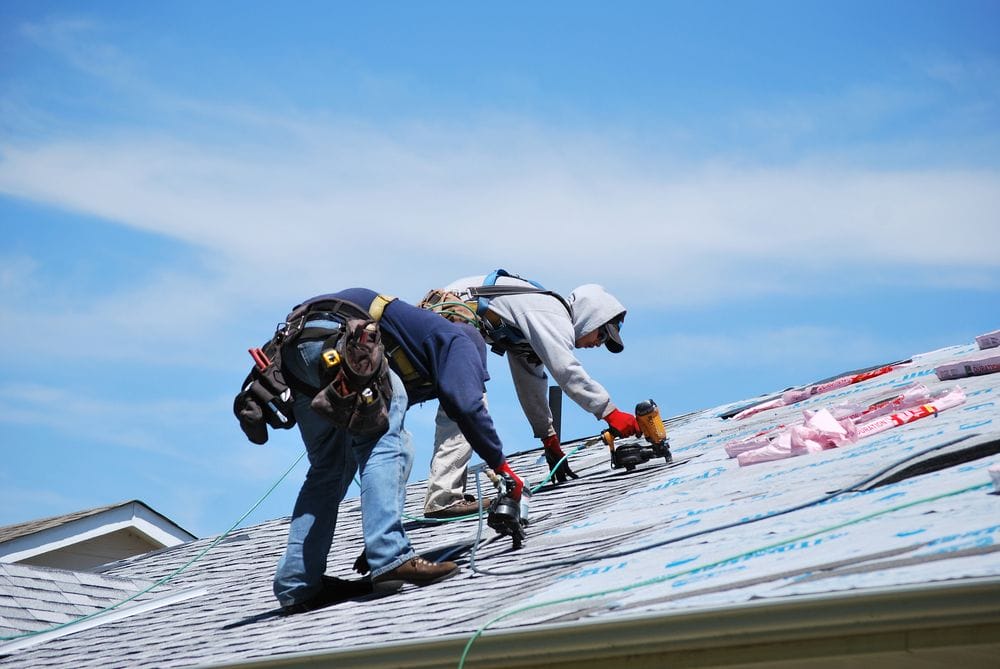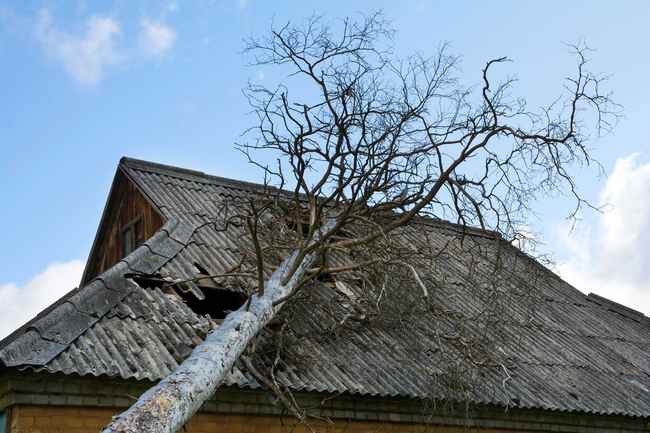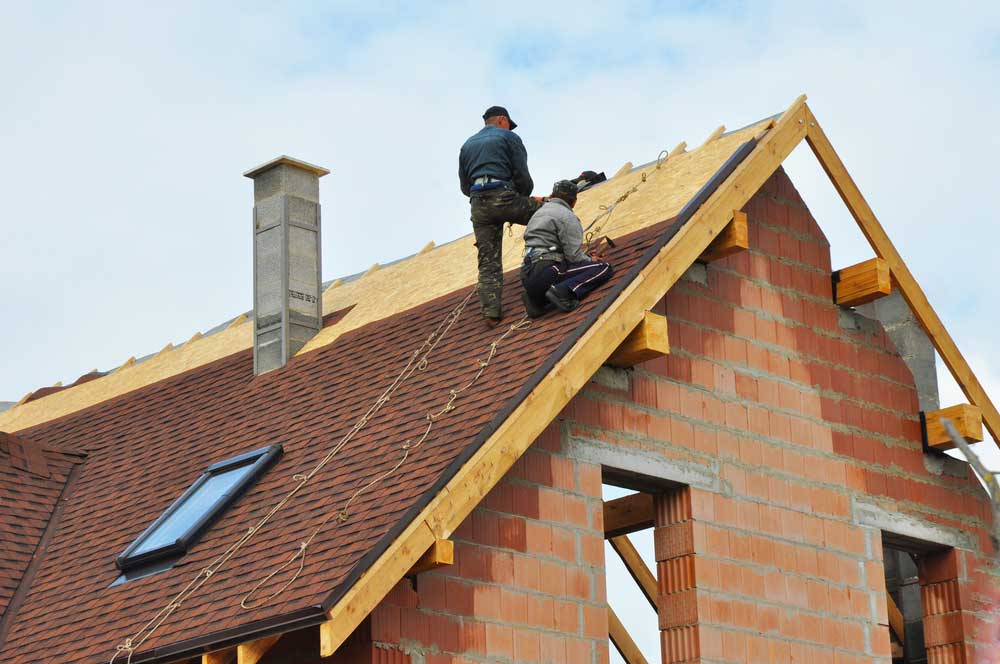When it comes to roofing, asphalt shingles are a popular and cost-effective choice for many homeowners. However, even the most durable materials can face issues over time. One common problem that arises with asphalt shingles is cracking and splitting. Understanding the difference between the two, along with their causes and solutions, is crucial for maintaining a resilient and long-lasting roof.
Let’s learn more about them in this post.
The Difference Between Cracking and Splitting Shingles
Before delving into the causes and solutions for cracking and splitting shingles, it’s essential to grasp the distinction between these two issues.
Cracking refers to the development of small fissures or fractures on the surface of the shingles. These cracks can be a result of various factors, and if left unaddressed, they may lead to more severe damage over time.
Splitting, on the other hand, involves the separation of shingles into two or more pieces along their length. This issue often arises due to weather-related stress, aging, or improper installation.
Asphalt Shingle Cracking
One primary cause of asphalt shingle cracks is the natural aging process. Over time, exposure to sunlight, rain, and fluctuations in temperature can cause the shingles to become brittle. Additionally, poor ventilation in the attic can lead to excessive heat buildup can accelerate the aging process.
Another common cause of cracking is hail damage. Large hailstones can impact the shingles with enough force to create visible cracks. Improper installation, such as overdriven nails or insufficient roof ventilation, may exacerbate the problem.
To address cracking issues, proactive maintenance is key. Regular inspections, especially after severe weather events, can help identify and replace cracked shingles promptly. Ensuring proper attic ventilation is also crucial in extending the lifespan of asphalt shingles and minimizing cracking.

Asphalt Shingle Splitting
Splitting of asphalt shingles is often a consequence of external factors and aging. One major contributor is the expansion and contraction of the roofing material due to temperature fluctuations. This stress over time can lead to the splitting of shingles.
Improper installation practices, such as nailing too close to the edges, can also contribute to splitting. When shingles are not installed with the recommended gap, they have limited room for movement during temperature changes.
To mitigate splitting, it is essential to choose high-quality asphalt shingles with adequate flexibility and durability. Additionally, professional installation by experienced roofers ensures proper techniques are employed, minimizing the risk of splitting.
When Should You Replace Your Roof?
Here are some signs that you should replace your roof if they’re cracking or splitting:
- Wide Swathes: If there’s a wide area of cracks and splits, it’s best to replace the entire asphalt shingle roof than purchase a small amount to replace the missing shingles. It’s highly likely their color and quality won’t match.
- Age of the Roof: A reliable roofing company, such as Clean Cut Roofing, can help you know the age of your roof and determine whether it’s worth repairing or fully replacing the roofing material instead.
- Attic Ventilation: A roof with more than a decade of poor ventilation is likely in need of replacement. Furthermore, ventilation issues can cause structural problems as its trusses and sheathing may have weakened or eaten by mold growth due to high humidity in the area.
For all your roofing needs, you can always trust us at Clean Cut Roofing to help with all your needs. Our team is always ready to help, and we guarantee only the best results for all your roofing repairs and replacements with our knowledge and experience. Call us today to get started.








